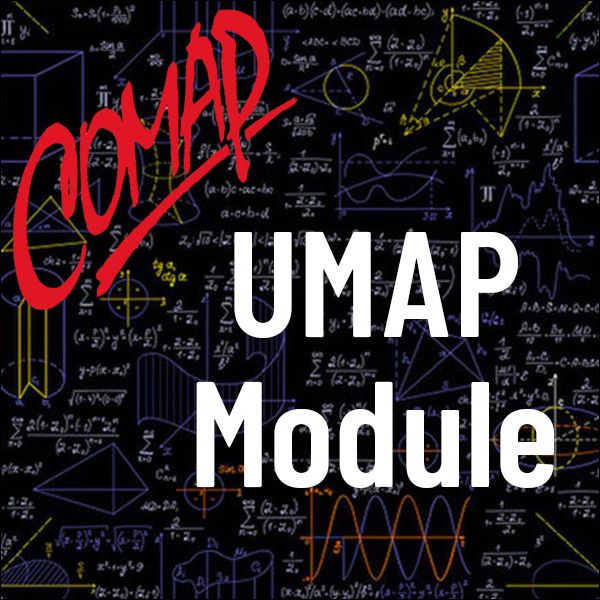Analysis of the Vibrating Spring Using the Complex Method (UMAP)
Author: James W. Uebelacker
This module uses differential equations to analyze a vibrating spring by the complex method. The motions of a vibrating spring is modeled with a second order linear differential equation with constant coefficients. The complex method is used to find the equation of displacement and to help determine when pure resonance may occur. After using this unit students will be able to: 1) develop a differential equation which models the motion of a vibrating spring with an impressed force; 2) use the complex method as a solution technique on these equations; 3) understand when pure resonance may or may not occur; and 4) see the relationship between the model of the motion of a vibrating spring and the model of the charge on a simple RLC circuit.
Table of Contents:
1. INTRODUCTION
2. THE VIBRATING SPRING
2.1 Description of the Model
2.2 Solution Technique
3. RESONANCE
3.1 Example
3.2 Analysis of the Phenomenon of Resonance
4. RLC CIRCUITS
5. UNIT EXAM
6. ANSWERS TO EXERCISES
7. ANSWERS TO UNIT EXAM

Mathematics Topics:
Application Areas:
Prerequisites:
You must have a Full Membership to download this resource.
If you're already a member, login here.